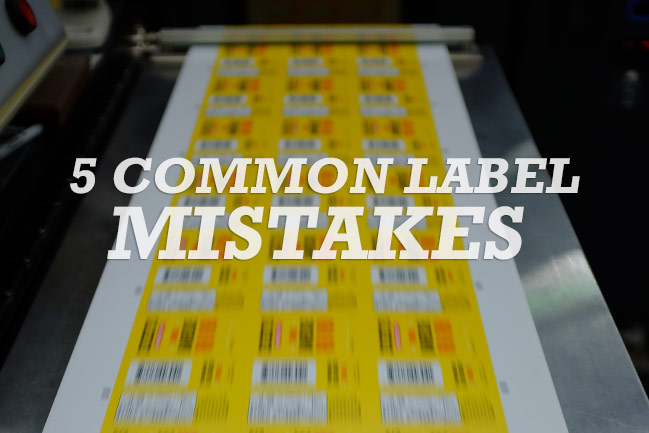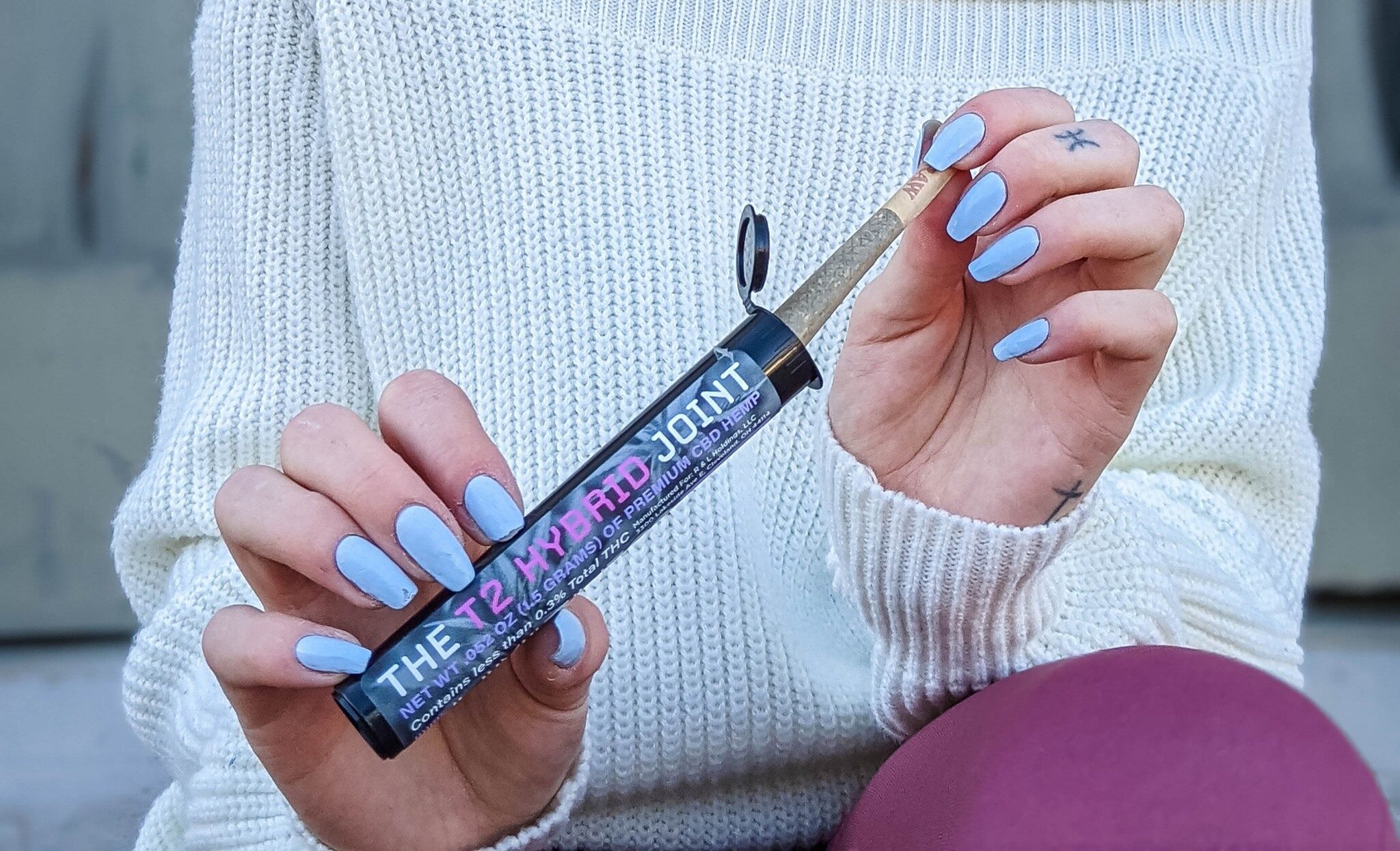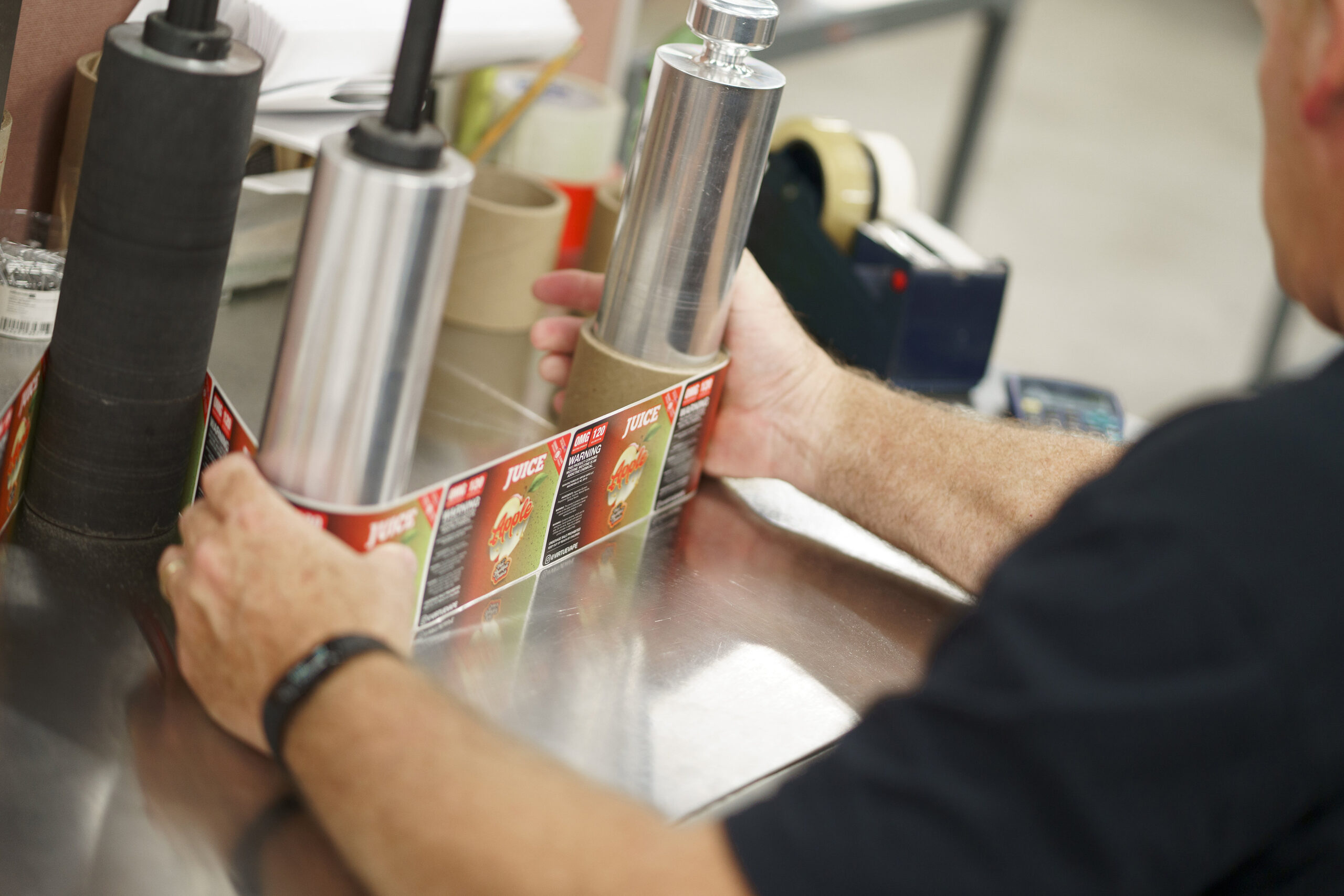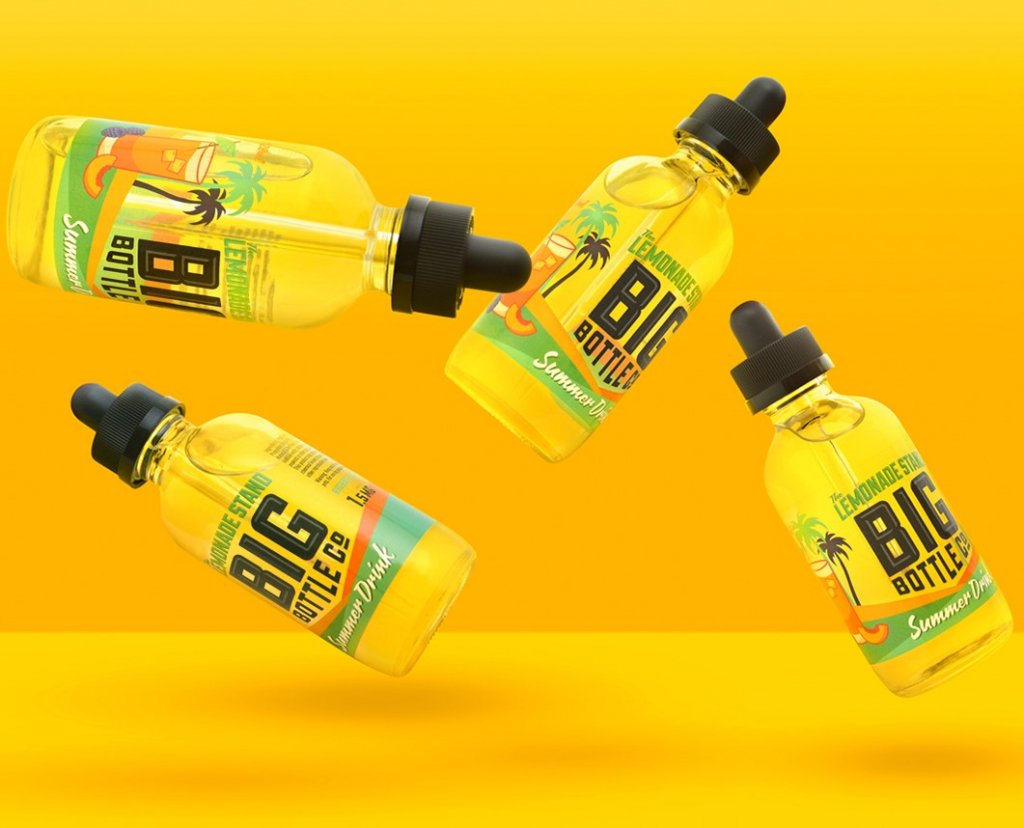How To Prevent Labels from Peeling in the Freezer
- label failure
- materials
Labels that peel, wrinkle, or become unreadable in freezer conditions can throw off production, waste product, and frustrate your customers. Making sure your labels stick (and stay that way) comes down to a handful of decisions about materials, adhesives, and how everything’s applied.
Quick Checklist: Preventing Label Peeling in Freezers
- Choose freezer-grade adhesives that match your packaging and storage needs
- Use facestocks that holds up to cold, moisture, and handling
- Make sure surfaces are clean, dry, and label-ready
- Add finishing options that protect the print and edges
- Test in real-world conditions before full rollout
1. Choose the Right Freezer-Grade Adhesive
Adhesives are often the culprit behind labels falling off in the cold. Many standard options stop working when the temperature drops. Instead, you’ll want to choose adhesives designed specifically for frozen environments.
Also, make sure your adhesive pairs well with your container material, whether that’s plastic, glass, or something else, and meets any required food safety regulations.
Here’s a quick reference guide:
- Plastic containers (like HDPE, LDPE, or PP): These are low surface energy materials, so you’ll want a high-tack adhesive like a freezer-grade hot melt or specially formulated acrylic.
- Glass jars or bottles: Most freezer adhesives bond well, but rubber-based or acrylic adhesives offer good clarity and adhesion when surfaces are clean and dry.
- Corrugate and paperboard: Acrylic adhesives work well thanks to their quick grab, even on rough surfaces.
- Foil or metalized film pouches: Choose an adhesive that accommodates slight surface texture and expansion, typically a flexible acrylic or rubber-based formula.
2. Use Durable Label Materials
Freezer environments are tough on materials. Moisture, cold, and physical handling can cause lower-quality materials to degrade fast. Synthetic face stocks are your best bet:
-
- BOPP (Biaxially Oriented Polypropylene): Moisture-resistant and stable, great for flat or round, rigid surfaces.
- Polyethylene (PE): More flexible, so it’s perfect for squeezable bottles or curved containers.
- Polyester (PET): Rigid and built to last, especially where labels might get knocked around.
- Welded Paper Stocks: Combines the tactile appeal of paper with a BOPP film core for moisture protection and excellent opacity.
Uncoated paper usually isn’t a great fit unless it’s laminated and used in dry freezer settings. It just doesn’t hold up well in moisture-heavy environments.
3. Prepare Surfaces Correctly
Even the best label setup will fail if the surface isn’t ready. Here’s how to set yourself up for success:
- Clean and dry the surface: Any moisture, frost, grease, or dust can prevent adhesion. If you can see condensation or residue, wait until it’s clear.
- Apply at the right temperature: Many freezer-grade adhesives need to be applied at a certain temperature to bond properly.
- Use firm, even pressure: This helps the adhesive stick fully and prevents peeling or bubbling later.
A common mistake? Labeling products right after they’ve been washed or frozen. Moisture ruins the bond.
4. Apply Finishing & Protective Techniques
Once your label is stuck on, you want it to stay readable and intact. That’s where finishing comes in:
- Lamination: Adds a tough layer that resists moisture, scratches, and friction, ideal for freezer aisles and products that get handled a lot. Explore lamination options.
- UV Varnish or Overcoat: A lighter option for some moisture and scuff resistance.
- Label shape matters: Rounded corners can reduce the chances of edge lift, especially on curved or flexible containers.
5. Conduct Testing
Spec sheets only go so far. It’s helpful to test labels in the real conditions they’ll face:
- Adhesion tests: Apply labels to your actual packaging and check adhesion after 24–48 hours in the freezer.
- Freeze–thaw cycles: See how the label holds up to repeated storage and temperature changes.
- Print durability: Make sure barcodes, lot numbers, and branding stay readable and scannable, even after condensation or handling.
Whenever possible, test a few different label constructions side-by-side to see what performs best.
Final Takeaway
If your products need to survive the freezer, your labels need to be up for the challenge. That means choosing the right adhesive and material, prepping your surfaces, protecting your print, and putting everything to the test.
Ready to find a label that sticks? Contact Blue Label Packaging to explore custom freezer-grade label solutions built around your needs.




